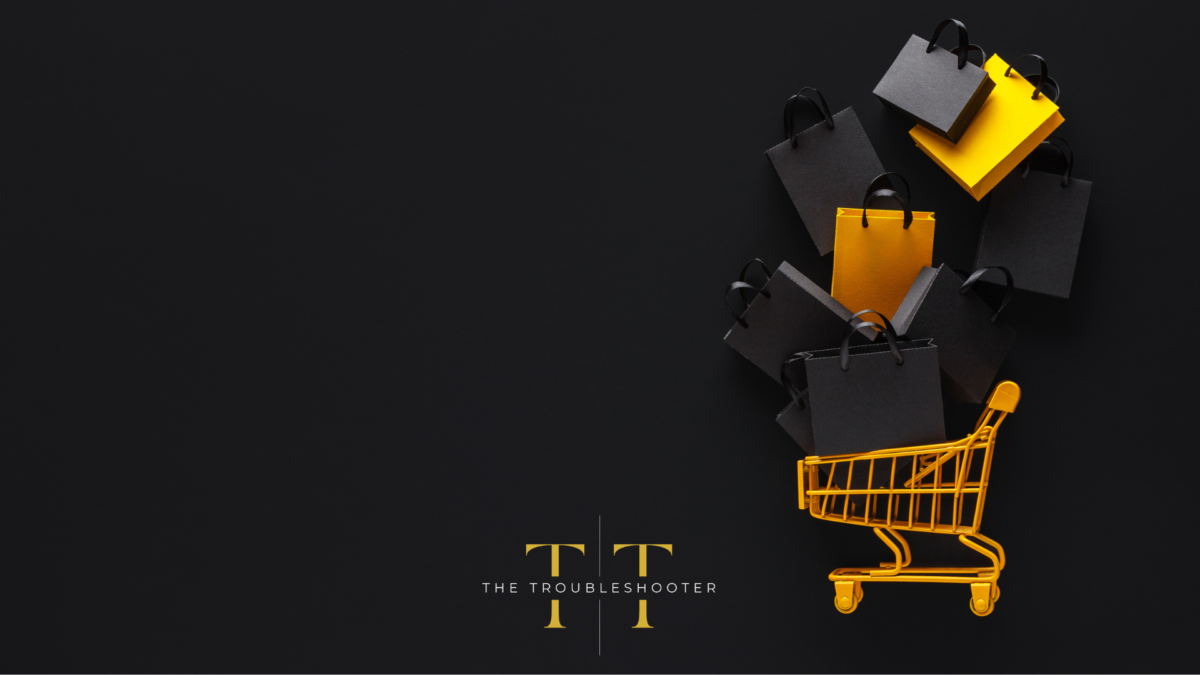
Cookies captivate many, yet not all are fans. Echoing the polarising nature of oatmeal raisin (go on, ask me…), third-party web cookies divide opinion. This digital delicacy splits the room, weaving a complex web of privacy debates. At the forefront, titans like Google are poised to usher these trackers into obsolescence, signalling a transformative leap into a new digital epoch.
As we approach the horizon, where the familiar crunch of third-party web cookies fades into silence, the marketing and digital landscapes are bracing for a transformation. This impending shift, marked by the departure from third-party cookies, stirs a pot of mixed feelings among marketers, businesses, and even consumers. Like the contentious oatmeal raisin cookie that splits opinion, third-party cookies’ phase-out by industry titans signals a move toward a privacy-centric web, albeit with its share of challenges.
With rising privacy concerns and regulatory changes leading the charge, the reliance on third-party cookies is waning, compelling the digital marketing world to seek new strategies that prioritise user privacy while maintaining campaign effectiveness.
The Essence of Cookies: A Digital Confectionery
Digital cookies, in their simplest form, are the identifiers of the online world. They come in two main flavours: First-party and third-party cookies. The former, much like a homemade batch of biscuits, are created and used by the website you’re directly interacting with, enhancing user experience by remembering, for example, login details and preferences. The latter, however, are more like those shop-bought biscuits that leave a trail of crumbs across various websites, tracking user behaviour without explicit consent, and raising privacy concerns.
The Stirring Controversy of Third-Party Cookies
While first-party data remains relatively benign, the third-party cookie has become the subject of much debate. Its ability to track users across the web without their explicit permission has sparked a much-needed dialogue about privacy and consent. This controversy has propelled major web browsers to take a stand, leading to a future where these digital trackers are no longer in play.
The shifting tides, propelled by growing privacy concerns and regulatory winds, have led to a diminished reliance on these third-party cookies. With stalwarts like Google Chrome and Safari raising their banners against them, the digital marketing realm is being compelled to forge new alliances, turning inwards to the untapped potential of first-party data.
In this cookieless landscape, where the echoes of privacy and data protection grow louder, the populace is awakening to the importance of data sovereignty, demanding greater transparency and control over their digital footprints. And it is this paradigm shift that calls for marketers to seek alternative strategies that respect user privacy while maintaining the effectiveness of digital campaigns.
And with the currency of trust more valuable than ever, businesses must navigate the transition to a cookieless world, with the emphasis shifting towards nurturing deeper, more meaningful relationships with customers. This pivot necessitates a transparent dialogue about the nature of data collection and its benefits to the customer. By articulating the value exchange clearly, offering tangible rewards such as loyalty perks or bespoke content in return for their data, businesses can fortify trust. This foundation of transparency not only aligns with evolving consumer expectations but also sets the stage for enduring loyalty and engagement.
The Timeline for Google Chrome’s Cookie Curtain Call
Navigating the twilight of third-party cookies in Google Chrome sparks curiosity. After more than four years dotted with delays and detours, a definitive stride was made on January 4th, 2024. Google initiated the gradual sunset of third-party cookies in Chrome, impacting a mere 1% of its traffic. This cautious approach marks just the beginning of a prolonged farewell.
A precise end-date for third-party cookies remains elusive, with projections pointing towards the latter half of 2024. However, the path forward is contingent on regulatory reviews and the adaptation of the digital ecosystem to Google’s proposed alternatives. The good news for you and I is that as this monumental shift unfolds, the phased approach allows for a balanced transition, ensuring we may all adjust to the new digital advertising terrain.
A Future Without Third-Party Cookies: Navigating the Change
As we stand on the cusp of this cookieless future, it’s crucial to understand the terrain. The move away from third-party cookies doesn’t spell the end of personalisation or targeted advertising; rather, it demands a pivot towards more transparent and privacy-friendly practices. And this shift offers a platter of opportunities for innovation, urging us all to lean into nutritious first-party data, explore contextual advertising, and adopt new technologies designed to respect user privacy while delivering personalised experiences.
Continue reading









